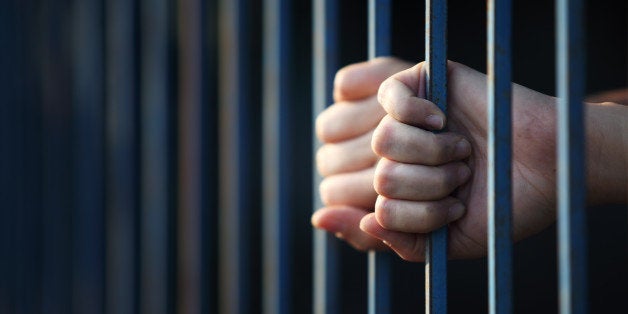
"Take that boy on the street. Teach him to blow a horn, and he'll never blow a safe."
If only this quaint adage from the 1958 musical The Music Man were this simple a resolution today.
Facilitating a computer music composition class for the past five years in the Cook County Juvenile Temporary Detention Center in Chicago, it is apparent the majority of young men and women detained there never had music lessons in school.
This does not mean they are not interested, nor gifted in music. The nearly 700 residents who were students in the classes composed prolifically and passionately about their hopes and dreams, their past and future lives, and their everyday distresses.
Many came to the class with notebooks filled with lyrics, eager to produce catchy beats. They initiated deep conversations about issues in racial injustice, gang violence, lost friends and siblings. These conversations became fodder for their original rap music.
They were starving for this chance to express themselves through music.
For most of the residents, this was the first time they were asked--and allowed-- to share feelings through a creative outlet. For nearly all, it was the first time they stood proudly in front of their families, teachers and detention center staff to play music they created after weeks of hard work.
Creative programs of this kind could be replicated widely. Nearly 60,000 offenders younger than 21 are housed in 1,985 detention facilities in this country, according to a 2012 census.
While some may feel that incarcerated youth do not deserve something as luxurious as the arts while locked up for a crime, there are just as many arts advocates who see the creative arts as fulfilling a need that will serve all of us better in the long run.
Art education provides a strengths-based approach to help these youth move forward in more positive, less destructive ways. It is not rehabilitation as much as redirection and refocus with caring role models.
Children as Small Adults
For years, detained juveniles have been treated more like adults than the youth they are. But recently problematic issues inherent in the juvenile justice system have been in the spotlight, thanks to several proposed bipartisan legislation efforts to "promote rehabilitation and reintegration for the formerly-incarcerated."
Many states have continued efforts to curb the growing and racially inequitable incarceration of youth.
President Barack Obama's specific efforts to change the term "juvenile delinquents" to "justice-involved youth" is aimed at softening the dialogue. So, too is the "ban the box" campaign to provide youth with better chances of obtaining employment after incarceration.
In addition, the educational systems in juvenile detention centers are finally coming under scrutiny.
What is missing in all of the rhetoric is any mention of arts education.
Research on the effectiveness of arts education in detention centers is scant but growing. In the recently published Oxford Handbook of Social Justice in Music Education, my review of the research literature on music programs in detentions centers found that music programs produced extra-musical psychological outcomes, such as improved confidence and self-esteem, improvement in learning skills, as well as improved behavior and reduced recidivism.
Arts in prison efforts around the globe are effectively changing lives. In Chicago, Storycatchers Theatre, Free Write Jail Arts and Literacy, and the Precious Blood Ministry of Reconciliation's "Art on 51st" are examples of outlets that provide opportunities for theatrical, written and visual arts by current or formerly incarcerated individuals.
Harnessing the work around arts education in detention centers in order to organize and advocate for the integration of creative art making in these facilities is worthwhile. These programs provide humane and positive outlets for incarcerated youth. However there is a need for more research to show the effectiveness of these programs in order to get the attention of policy and curriculum writers.
One possibility is for interested artists and policy makers to join the conversation in the Arts Prison Coalition. Another is to write to those making education and policy decisions to raise awareness of the need for creative arts education in detention setting curriculums.
Though providing creative arts education in detention centers may not save lives, it will change lives. And that gives all of us hope.